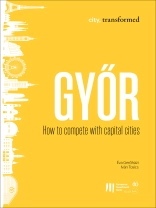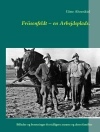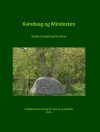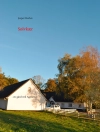Located between three European capital cities, Győr has to work hard to attract investment and jobs. The Hungarian city has set itself up to attract innovative companies, creating new urban values such as education-based innovation, a high-quality urban environment and a lively cultural sphere.
Here's how a ‘secondary city’ builds on its industrial past even as it breaks away from its dependence on it.
Circa l’autore
Éva Gerőházi, an economist, is a researcher at the Metropolitan Research Institute, Budapest. Her expertise includes housing policy and urban development, mainly concentrating on the socio-economic aspects. She has participated in European Union research programmes on the regeneration of housing estates, energy efficiency in housing stock and the green space development of urban areas. She has also assisted Hungarian ministries, municipalities and international organisations in formulating programmes for urban regeneration, housing refurbishment and social inclusion.
Iván Tosics is a principal at the Metropolitan Research Institute. A mathematician and sociologist (Ph D), he teaches at the University of Pécs in the doctoral school of the Department of Political Studies. He is one of the Thematic Pole Managers (Programme Experts) of the URBACT programme, Vice-Chair of the European Network for Housing Research, a Board Member of the European Urban Research Association and Policy Editor of the journal Urban Research and Practice.












